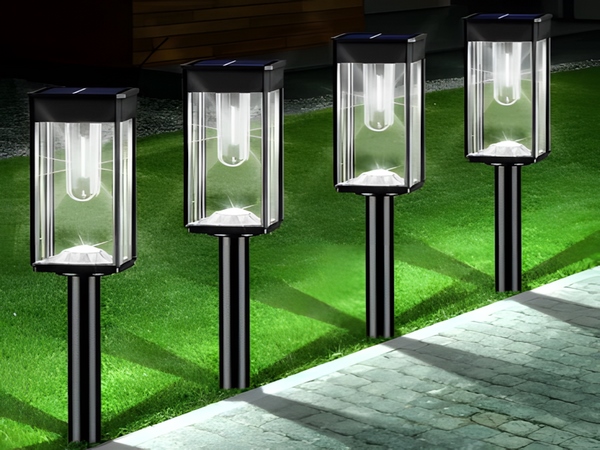
Solar street lights are prevalent in our daily lives, but many people may not fully understand how they work. We know that solar street lights do not require illumination during the day and can provide light at night by converting solar energy into electrical energy. But do you really understand how solar street lights operate?

During operation, solar street lights can fully convert solar energy into electrical power, allowing for efficient illumination. The top part of the solar street light consists of photovoltaic modules, which can convert solar energy into electricity for various storage purposes during the day. Under the control of a smart controller, the solar panels absorb sunlight and convert that light energy into electrical energy. During the day, the solar panels charge the battery, and in the evening, the controller facilitates the transfer of this electrical energy to the light source, providing illumination at night.

Modern solar street lights primarily generate electricity using solar energy, eliminating the need for electrical cables and reducing the risk of electric leakage or other accidents. They are equipped with several direct current controllers, which effectively ensure the safety of the batteries, preventing damage from overcharging or excessive discharge. This means that solar street lights possess protective features that compensate for time and temperature variations.



